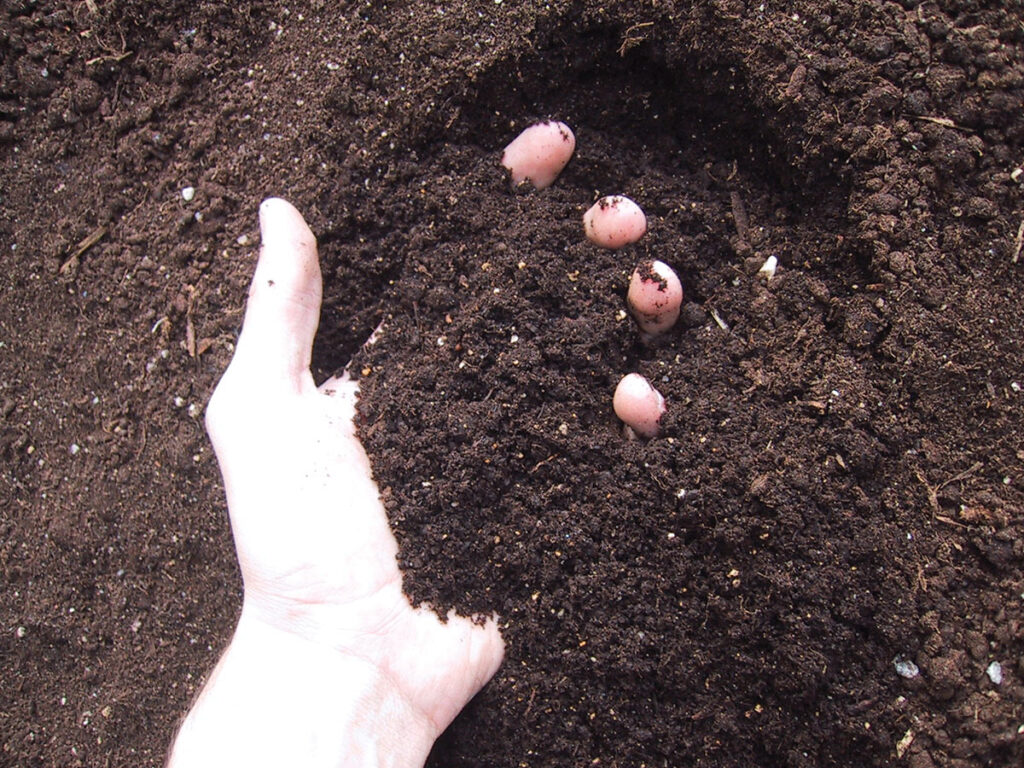
It’s never too late to improve soil
One way farmers can achieve more green in their fields and in their pocket books, is to dig up some dirt – literally. Healthy soil can help farmers improve their bottom line. Experts suggest there are a variety of ways to improve soil quality.
The first step to cultivating more effective soil, is a soil test. The soil test allows farmers to know exactly what they need to add in order to improve their soil quality. Once producers have the information about their soil fertility needs, they can develop a game plan.
Though synthetic fertilizers are a common method to increase soil fertility, there are natural ways as well. A few options include spreading manure, planting cover crops, implementing rotational grazing and diversifying plant species.
Manures are good complete fertilizers because they add micronutrients to the soil and can be economical. Manures can also help bring up low phosphorus levels. However, experts suggest testing the manure load; because the amount of available nutrients vary depending on the diet, bedding, feed and animal type.
In addition, not all nutrients are available in manure the first year.
“For example, only about 25 percent of nitrogen is available the first year and another 25 to 50 percent is lost through volitization,” Jill Scheidt, agronomy specialist with the University of Missouri Extension, said.
“Manure may not provide all the nutrients needed to produce a yield goal; therefore, additional synthetic fertilizer may be needed.”
Planting cover crops serves as another avenue to improve soil health. “In a row crop situation, adding cover crops, utilizing crop rotation and using low tillage implements build organic matter over time,” Scheidt added. These practices also ward off insects, weeds and disease.
In addition, livestock producers can use the cover crops as winter feed. Allowing livestock to graze cover crops adds fertility and organic matter into the soil. Livestock hoof traffic aids with incorporation of dead plant material from cover crops.
The main way to cultivate soil quality with forages is maintaining a good stubble height through rotational grazing.
“Plants with little growth on top, also have short root growth below the ground. In order to reduce weed pressure and maintain desirable plant persistence, don’t overgraze,” Scheidt advised. Though stubble height depends on the plant species, a good rule of thumb is no shorter than 3 to 4 inches for cool season grasses and 6 to 10 inches for native warm season grasses.
Experts advise implementing a rotational grazing system in order to keep livestock from staying on a pasture too long. “Avoiding grazing to the ground has extra benefits of faster regrowth and healthier plants, which outcompete weeds in a pasture setting too,” Scheidt recommended.
Diversifying plant species is another way to promote healthy soil conditions. Experts suggest adding variety to pastures by adding a legume to a cool season grass or planting a paddock with a native warm season grass mix.
By adding a legume to a grass pasture, farmers fix nitrogen for later use and provide a greater range of nutrients to livestock consuming it.
“Native species have deep root systems which not only help with compaction, but also allows the plant to find water and nutrients deeper in the soil during drought,” Scheidt said.
The good news, it’s never too late to get started on cultivating healthy soil and growing a greener bottom line.





